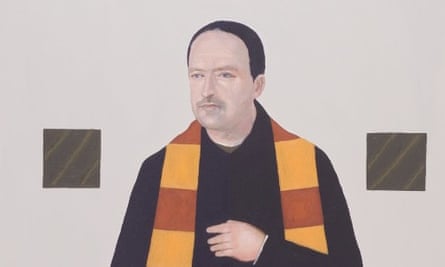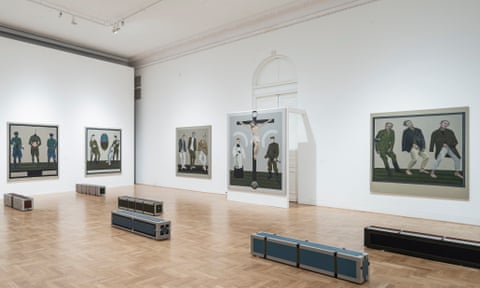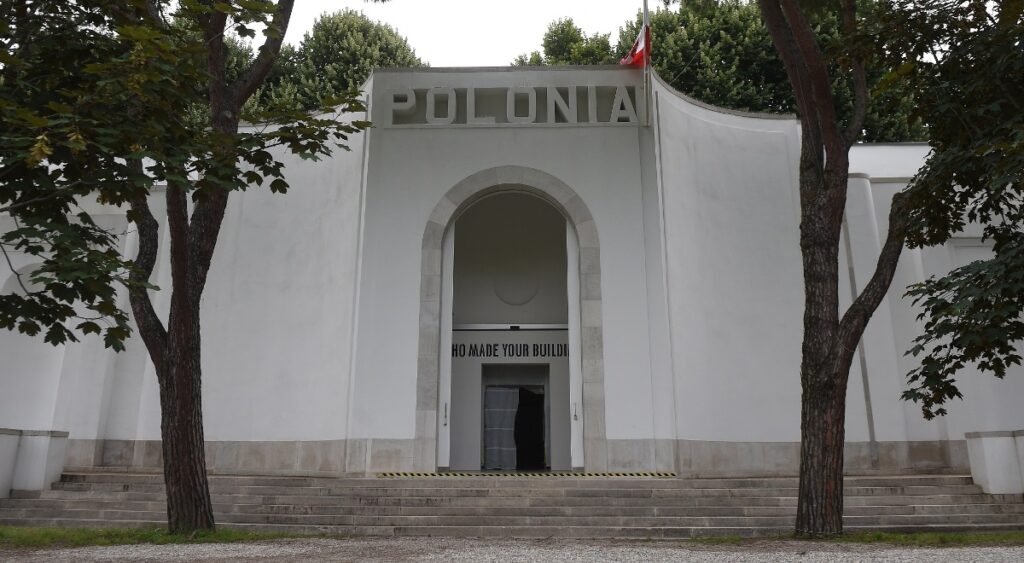Dissent Leads to Independent Exhibition
Ignacy Czwartos, the original choice to represent Poland at the 2024 Venice Biennale, finds himself at the centre of controversy as his planned exhibition was cancelled due to dissent from the new Polish government. However, undeterred by this setback, Czwartos will now mount an independent exhibition titled “Polonia Uncensored” in Venice later this month.

Initial Rejection and Political Interference
Czwartos’s initial presentation, slated to include 35 paintings, faced rejection after Poland’s far-right Law and Justice party (PiS) lost power in an election last October. The exhibition drew criticism for its portrayal of Poland as historically oppressed by Germany and Russia during the 20th century. The new conservative government, led by culture minister Bartłomiej Sienkiewicz, halted the project at the end of December, leading to Czwartos being dropped from representing the national pavilion.

Replacement by Open Group
In place of Czwartos, the Open Group, a Ukrainian artist collective, was selected to represent Poland’s national pavilion. The change left Czwartos, known for his self-portraits, alleging censorship and led to the organization of the independent exhibition by the Center for Contemporary Art Ujazdowski Castle in Warsaw.
Allegations of Censorship
Czwartos denounced the cancellation of his exhibition as a form of censorship in Poland, accusing the new government of attempting to suppress aspects of the country’s military history from the mid-20th century. His paintings, which reference this period, were deemed unfit for public display by the government.
Criticism and Response
The decision to reject Czwartos’s exhibition was met with criticism from members of the government’s selection jury, who disinvested from the project. They argued that Czwartos’s presentation did not align with the biennale’s theme and criticized it for positioning Poland as a victim.
Ongoing Debate
The controversy surrounding Czwartos’s exhibition reflects broader tensions within Poland’s art scene and political landscape. With accusations of censorship and political interference, the case highlights the complexities of artistic expression and national representation in a changing political climate.
Conclusion
As Czwartos prepares to showcase his work independently in Venice, the debate over artistic freedom and government intervention continues to unfold. The outcome of his exhibition and the response it elicits will likely fuel further discussions about the role of art in society and the challenges faced by artists in navigating political scrutiny.
Feature Image: Polish pavilion at the 57th Venice Biennale, May 9, 2017| courtesy: Bartosz Górka/Zachęta Narodowa Galeria Sztuki/Wikimedia Commons.
Distinctive Characteristics of Jean-Michel Basquiat’s Artworks





